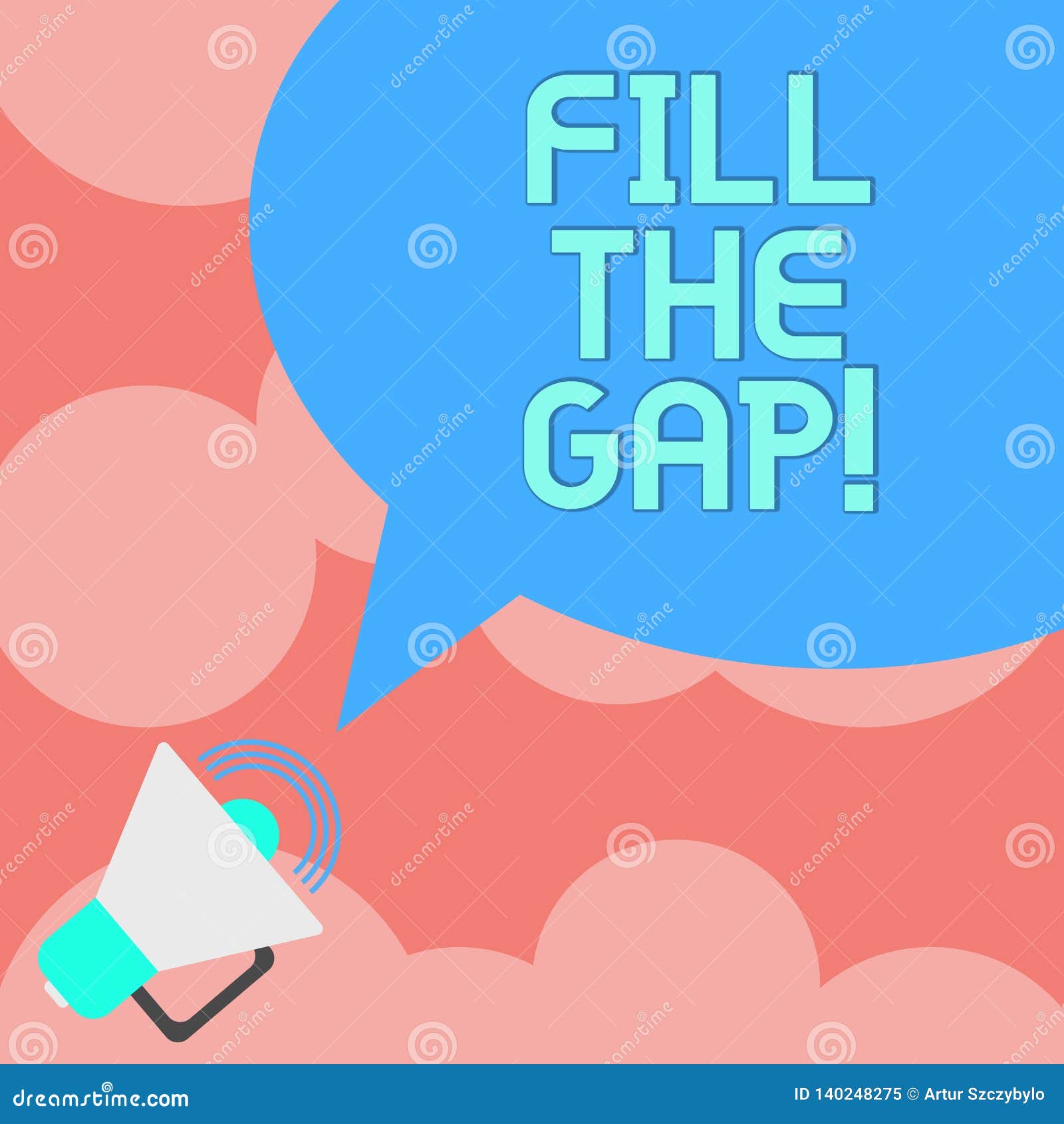

Try this exercise to get you started: Write down every project you’ve spent time on in between the roles currently listed on your resume, or since you’ve been unemployed. If you did (or are doing) something interesting in between jobs, something that’s helping you develop new skills, include it. Maybe you took part in a startup competition during school or helped a friend create a social media campaign for their new Etsy store. That said, there’s a good chance you’re omitting projects or stints from your resume that could boost your job search and fill in some gaps. If presented correctly, you can showcase your experience as a combination of those tasks, as well as initiatives you have participated in and learned from outside of your primary “job.” To them, your abilities are not limited to the tasks you performed in a role. You can showcase these skills whether or not they are tied to a long-term, 9-to-5 job.

Employers often look for applicants who can illustrate their problem-solving skills and tell stories that prove their capacity to get things done. Lots of job candidates assume that hiring managers favor people who have held several long-term roles.
#To fill the gap how to#
These gaps have become even more common during the pandemic as a result of layoffs and hiring freezes in several industries.Īs markets continue to shift in unpredictable ways, it’s important for job candidates - especially for those of you who are unemployed right now - to understand how to address resume gaps and what you can do to avoid them in the future. The result of this reality is that more people find themselves with shorter stints at several companies listed on their resumes, and sometimes brief employment gaps between opportunities. On top of this, early to mid-career professionals are increasingly finding that there are a lot of directions that they can take their career and not a great deal of certainty as to which path to choose. We surveyed more than 1,000 professionals at School16 who were pursuing non-technical roles in tech 90% of them expressed interest across at least three completely different disciplines, from sales and product marketing to user experience and design. Rapid innovation means that new industries are created every year - industries that require nimble job candidates who can learn quickly, adapt, and cater their experience to new roles as they become prevalent. Today the job market shifts at an incredible pace. A predictable, linear career path is now the exception, not the norm. This narrative, however, is no longer realistic.
#To fill the gap series#
There was once a time when people were expected to - slowly - climb the corporate ladder, work for one employer that paid for their insurance, and stack up a neat series of consecutive job titles on their resume.


 0 kommentar(er)
0 kommentar(er)
